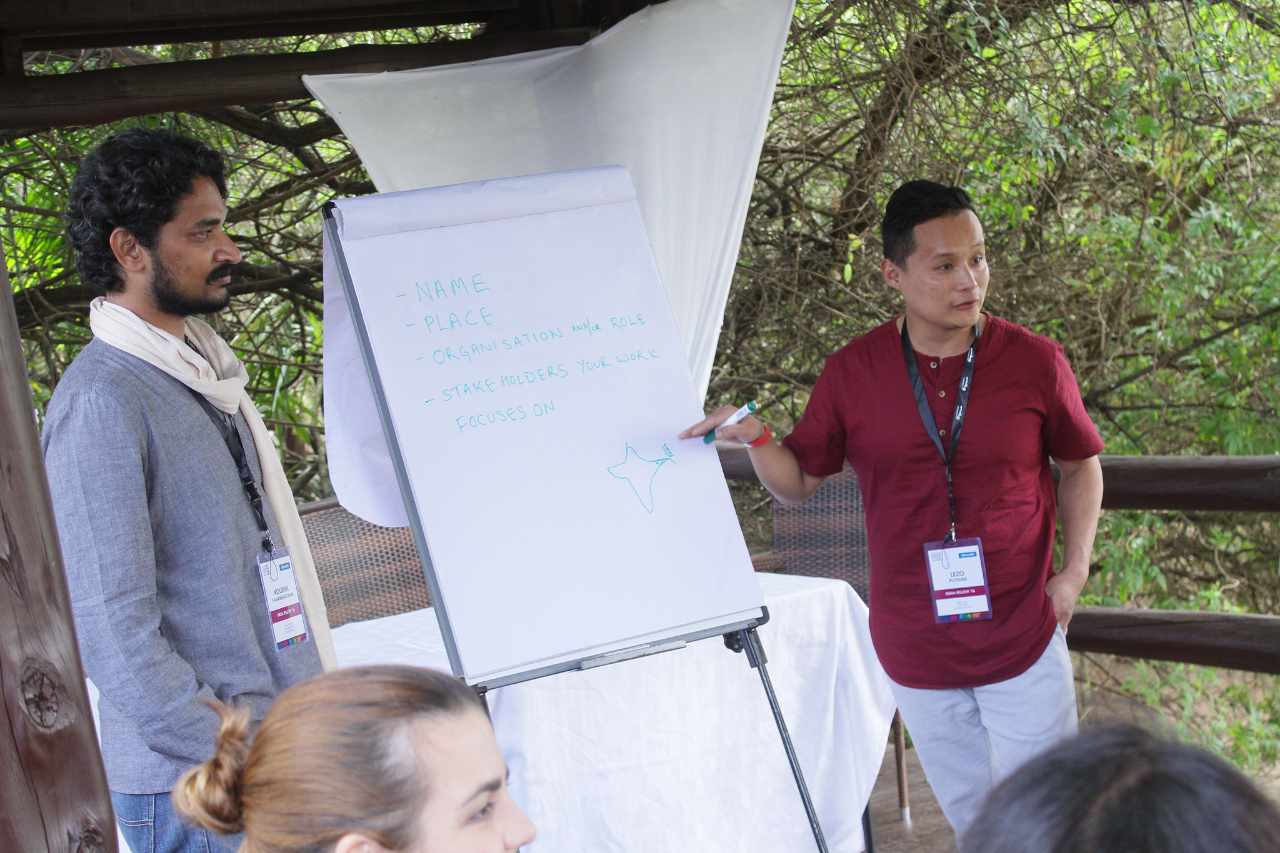Master Innovation
How to think like a human-centered designer
Embrace these 7 fundamental mindsets to design better solutions for your customers
July 06, 2018
Human-centered design is a creative approach to problem solving
It’s a process that can be used across industries and sectors to tackle challenges of all sizes in new ways, even when the way forward is unclear.
Before looking at these seven mindsets, it’s useful to note that anyone with the desire can choose to tackle problem-solving like a human-centered designer. From high school students practicing empathy with fellow students as they investigate how to boost classroom engagement, to volunteers testing different ways to welcome refugees into their community, these foundational mindsets can be practiced by anyone.
There's no prerequisite of a certain degree or job title needed - all you need is a willingness to learn and the confidence to act.
These seven foundational mindsets underly the philosophy behind IDEO.org and Acumen Academy’s approach to creative problem solving, and show that how you think about design directly influences how innovative and impactful solutions will be.

Photo: Intro to HCD course taker, Yao Xiao
Learn from failure
Challenge yourself:
Make it

Challenge yourself:
Creative confidence

Creative confidence is the notion that you have big ideas, and that you have the ability to act on them.
David Kelley,
Founder of IDEO and D School at Stanford
Challenge yourself:
Empathy
Empathy is a chance to fall in love, it’s a chance to hate, it’s a chance to be completely other than that which you usually are and in so doing to discover so many things about life and about living.
Emi Kolawole,
Project Lead at The Moonshot Factory
Challenge yourself:
Embrace ambiguity

Challenge yourself:
Be optimistic
With the big challenges, you need to believe that it's even possible. The bigger the challenge the more essential optimism is.
John Bienlenberg,
Co-Founder, Future Partners, Founder of Project M
Challenge yourself:
- What are the positive lessons I’m learning as a result of this experience?
- In an ideal scenario, what would success look like after resolving this challenge?
- What are all the potential ways this could work out positively in the end?
Iterate, iterate, iterate

Central to the iteration process is feedback, and this is why it fits so perfectly into foundations of human-centered design. When you practice human-centered design, the loop of continuous iteration looks like this:
- Make a rough prototype
- Share with the people who will be using it
- Gather their feedback
- Use the feedback to inform and refine the next version.
Challenge yourself:

Author
Danielle Sutton
Danielle Sutton is the Content Animator at Acumen where she surfaces stories to inspire and activate social entrepreneurs. In an age of information overload, she believes in learning 'the right thing at the right time' to intentionally design impactful social enterprises. You can usually find Danielle digging into the Acumen course library, playing in the mountains, or exploring marketing on The Sedge blog.


